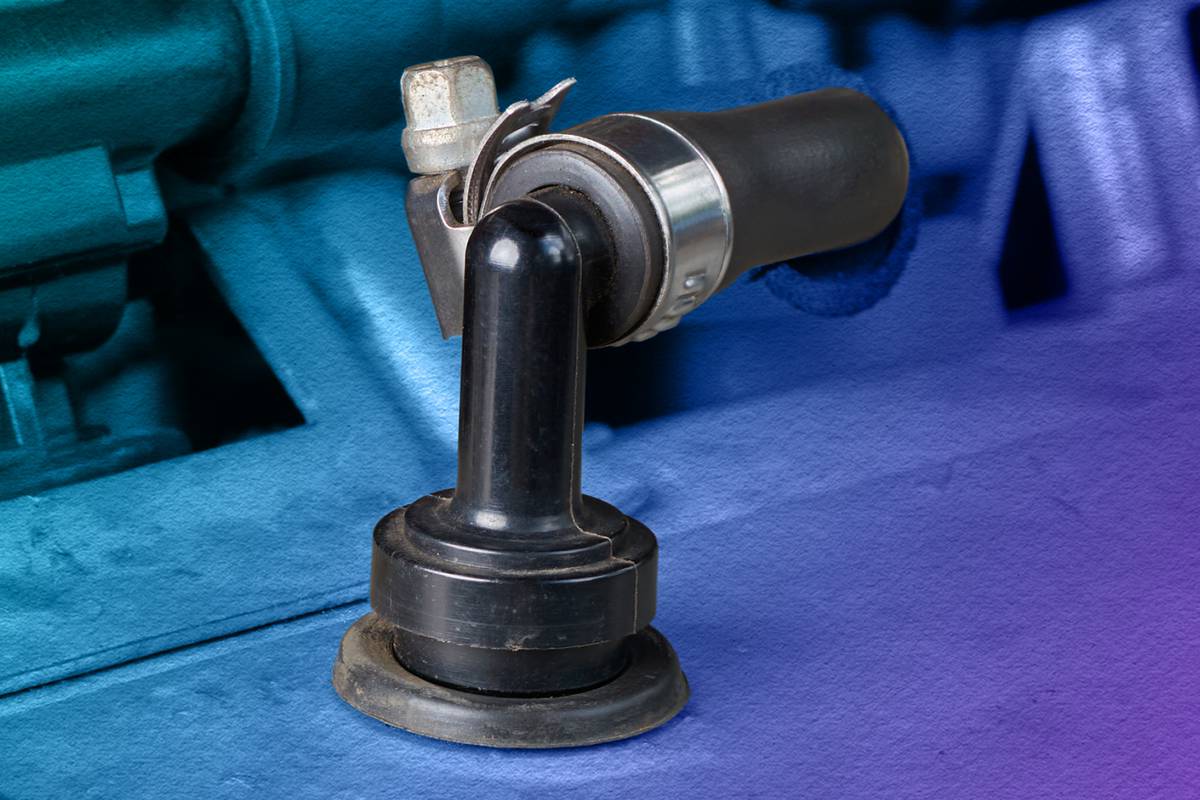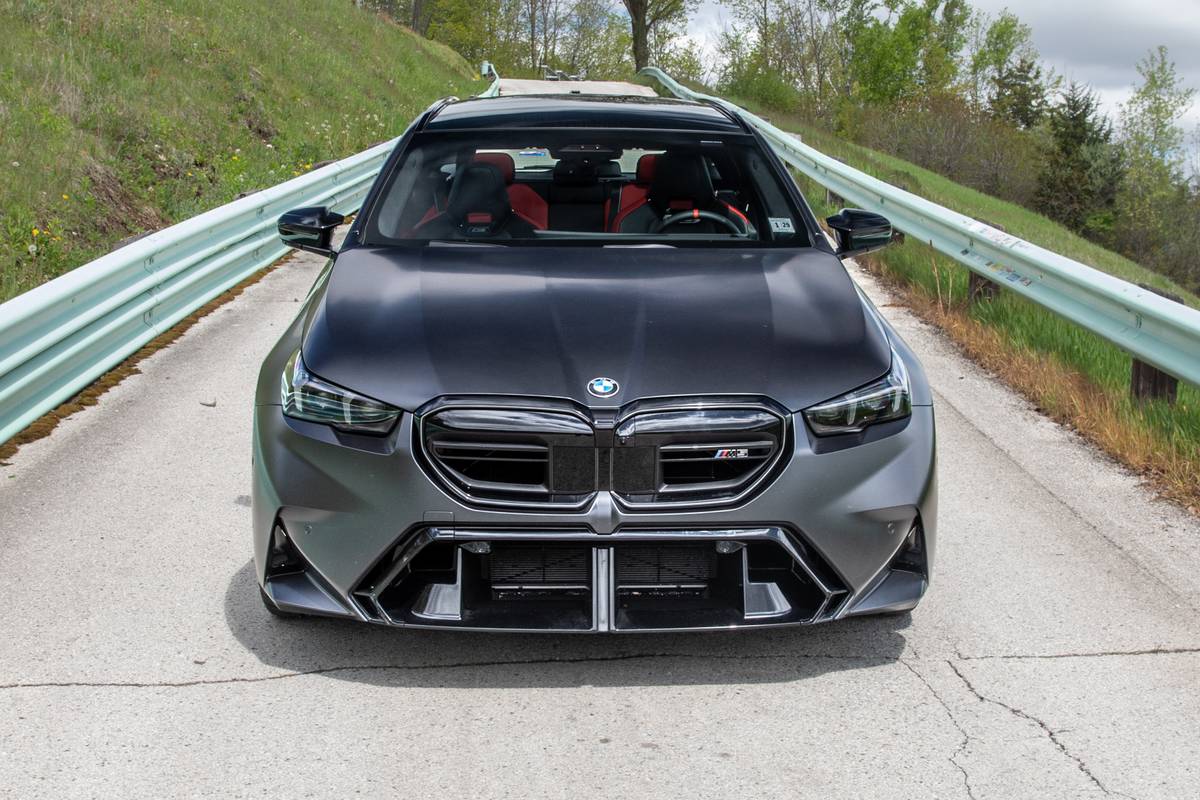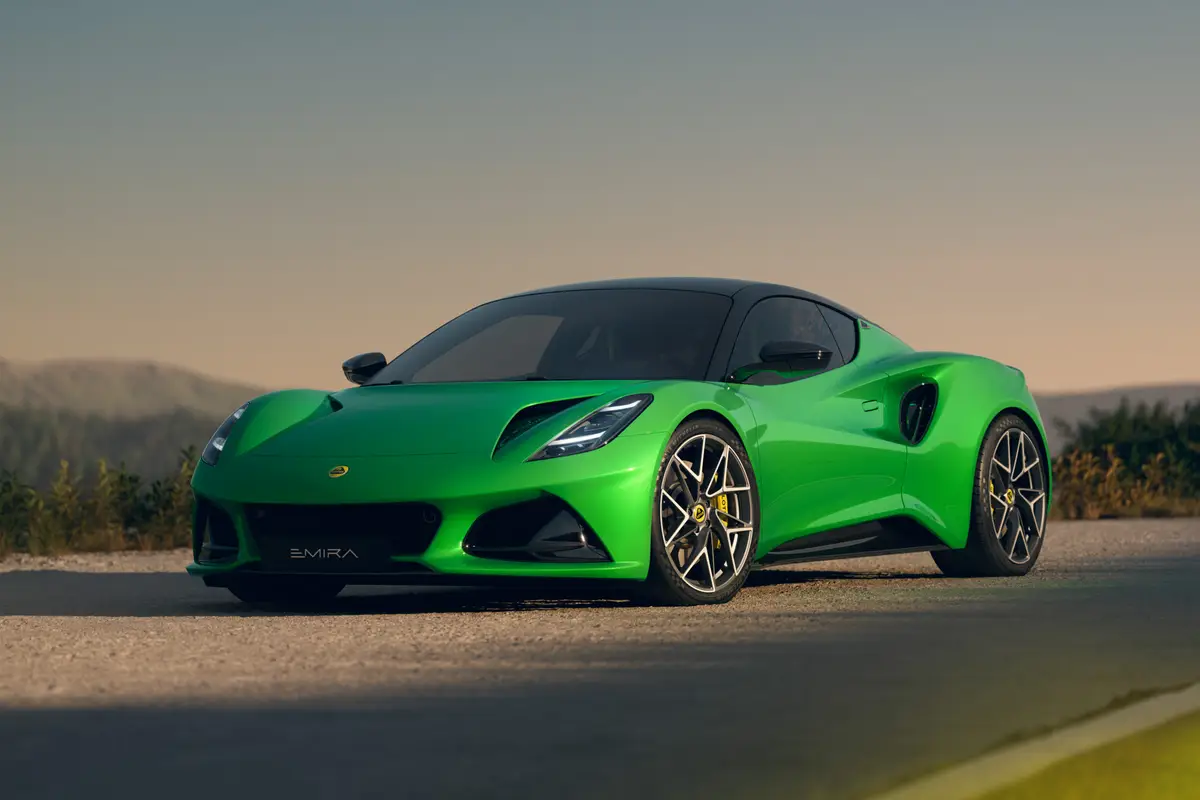chicagotribune.com's view
Beauty is only skin deep, they say, while ugly goes all the way to the bone.
In the case of the Mitsubishi Montero, ugly went all the way to the marrow.
Tall and top heavy, which meant a tendency to float like a boat over the highway and feel tipsy in corners and turns.
And narrow and tight, which meant sitting thigh to thigh regardless of where assigned to ride, hardly the vehicle of choice for comfortable long-distance travel.
Montero was designed in Japan and built for the Japanese market, with small people, narrow roads and heavy traffic that makes floating a non-issue at 3 m.p.h.
Thankfully, Mitsubishi has gotten with the program and redesigned the Montero for 2001 with the U.S. motorist in mind.
Montero sports far more stylish sheet metal. The industry term is “less clunky.” Montero also has a different stance better suited to the people who ride inside as well as to the pavement it plies.
For 2001 Montero is 4 inches wider and built on a 2.2-inch longer wheelbase. The increased width feels like moving from an efficiency apartment to a four-bedroom home. Lots more cabin room, lots more comfort and some much-needed wiggle room.
The wheelbase also has been extended 2.2 inches, which contributes to better ride and handling, while vehicle height has been reduced by two inches so you sit closer to the ground than the clouds.
All those dimension changes make Montero behave better.
The lower height makes a big difference in terms of stability the first time you approach a turn, especially at speed, though truth be told, body lean and top heaviness have been reduced but not eliminated.
This is a full-size, 4,700-pound sport-utility vehicle.
Montero now offers four-wheel independent suspension to help minimize road harshness filtering back into the cabin from small bumps or lumps in the pavement.
It helps, too, that Montero features a new unitized body. In the past it had been on a body-on-frame platform shared with the smaller Montero Sport.
The unitized body, Mitsubishi said, allowed it to lower vehicle height for easier entry/exit with sufficient clearance for four-wheel-drive motoring.
Another pleasant change is the addition of a pop-up and fold-into-the-floor third seat to hold two passengers. Montero had relied on a pair of rear seats that folded up against the side walls, which not only was unsightly, but it also robbed cargo capacity.
To allow for the fold-into-the-floor third seat, Montero keeps one feature from the past, the spare tire mounted on the rear swing-out door.
It may have looked better to hide the spare under the vehicle, but to do so would have taken the space needed for hiding the third seat, which Mitsubishi said was needed more.
Another noticeable improvement comes from an upgraded 3.5-liter, 24-valve V-6 engine with a different camshaft, air intake and exhaust valving. And it comes with a new 5-speed automatic transmission with Sportronic clutchless manual shifting for the first time.
The 3.5 is still rated at 200 horsepower, but it now delivers 230 foot-pounds of torque at 3,500 r.p.m., up from 220 foot-pounds at 4,000 r.p.m. That means quicker off-the-line movement. For a big SUV, Montero is very alert thanks to t hat 3.5-liter V-6 in the 4WD Limited model we tested.
Unfortunately, the fuel gauge moves rather quickly, too. The mileage rating is 13 m.p.g. city/18 m.p.g. highway, a reminder that this is a wider and longer full-size SUV that tips the scales at 4,700 pounds. Mitsubishi says one of the areas of focus for the next generation Montero is going to be fuel economy, a wise thought considering the U.S. government is probably going to focus on the same thing soon.
In Japan and Europe, Montero is sold with a turbocharged diesel engine to deal with the fuel-economy issue. But while a turbo diesel increases mileage, it does so at the expense of performance, and Mitsubishi insiders say U.S. motorists probably wouldn’t tolerate the considerably longer time it takes to move from the light or down the merger lane in a diesel Montero.
Other noteworthy features of the new Montero include large, expansive glass for great front, side and rear visibility (the spare is mounted low enough on the rear door so as not to interfere with sight lines); huge outside mirrors; a pull-out rear cargo shade to hide contents; accessory power plugs front and rear; cargo compartments, grab handles and cupholders scattered throughout the cabin; unusually abundant second-row head, leg and arm room along with a second seat armrest that folds down with two cupholders inside; combined clock/compass/outside temp/date readings on the instrument panel screen; a pair of large gloveboxes; and an easy-to-use lever for shifting into and out of 4WD in the center console.
Base price of the 4WD Limited we tested is $34,997. For $900 you can add a preferred equipment package with automatic front climate control and rear-cabin air conditioning/heating. It was the only option added to the test vehicle and the only one needed because the standard equipment list is lengthy.
The Montero Limited 4WD comes with dual front and side air bags; four-wheel disc brakes with anti-lock; air conditioning; Infinity premium sound system with stereo and CD player; power windows/locks/mirrors (heated); cruise control; remote keyless entry with panic alarm; intermittent wipers; power and heated driver’s seat; leather seats; removable tool kit; floor mats; 16-inch, all-season radial tires; front and rear mudguards; roof rack; fog lights; and front and rear tow hooks.
At roughly $35,000 and change, Montero is around the same price level as a smaller Lexus RX300, which has a more familiar name and much wider following.
Mitsubishi sold 5,000 Monteros last year. It expects to sell 25,000 to 30,000 of its redesigned entry.
Montero’s smaller companion is the Montero Sport, which is due for a major change soon. Mitsubishi has said that the next-generation Sport will be built in the U.S. as part of its Project America campaign. Montero Sport will be produced on the same assembly line as the Mitsubishi Galant sedan and Eclipse coupe in No rmal, Ill., starting in 2003 for the 2004 model year.
The larger Montero will not be built at Normal, which with the addition of the Sport “will be full to the rafters with production,” Mitsubishi says. In addition to the Mitsubishi products, Normal will continue to produce the Chrysler Sebring and Dodge Stratus coupes for DaimlerChrysler under a five-year pact that began with the 2001 model year.
SUV update
Wow, so much negative press that SUVs must be in the dumper! Yet, SUV sales in the first eight months rose 9.3 percent from last year and are expected to top last year’s 12-month total of more than 3.2 million units.
The Ford Explorer, object of all the attention over the recalled Firestone tires on which it rides, posted a 13 percent increase in sales. But those are sales through August before recall stories went from a daily to an hourly routine.
And remember concerns over fuel economy in big SUVs when gas topped $2 a gallon ? Sales of the full-size Chevrolet Suburban were up 1 percent, the full-size Chevy Tahoe up 14 percent and full-size luxury Cadillac Escalade up 24 percent.
But then, sales of the high-mileage subcompact Kia Sportage were up 28 percent, subcompact Chevy Tracker up 33 percent and compact Honda CR-V up 4 percent. One loser was the subcompact Toyota RAV4, with sales down 30 percent. But it is well known that RAV4 gets a redesign and larger dimensions this fall, so consumers are holding off for the new model.
Latest news



